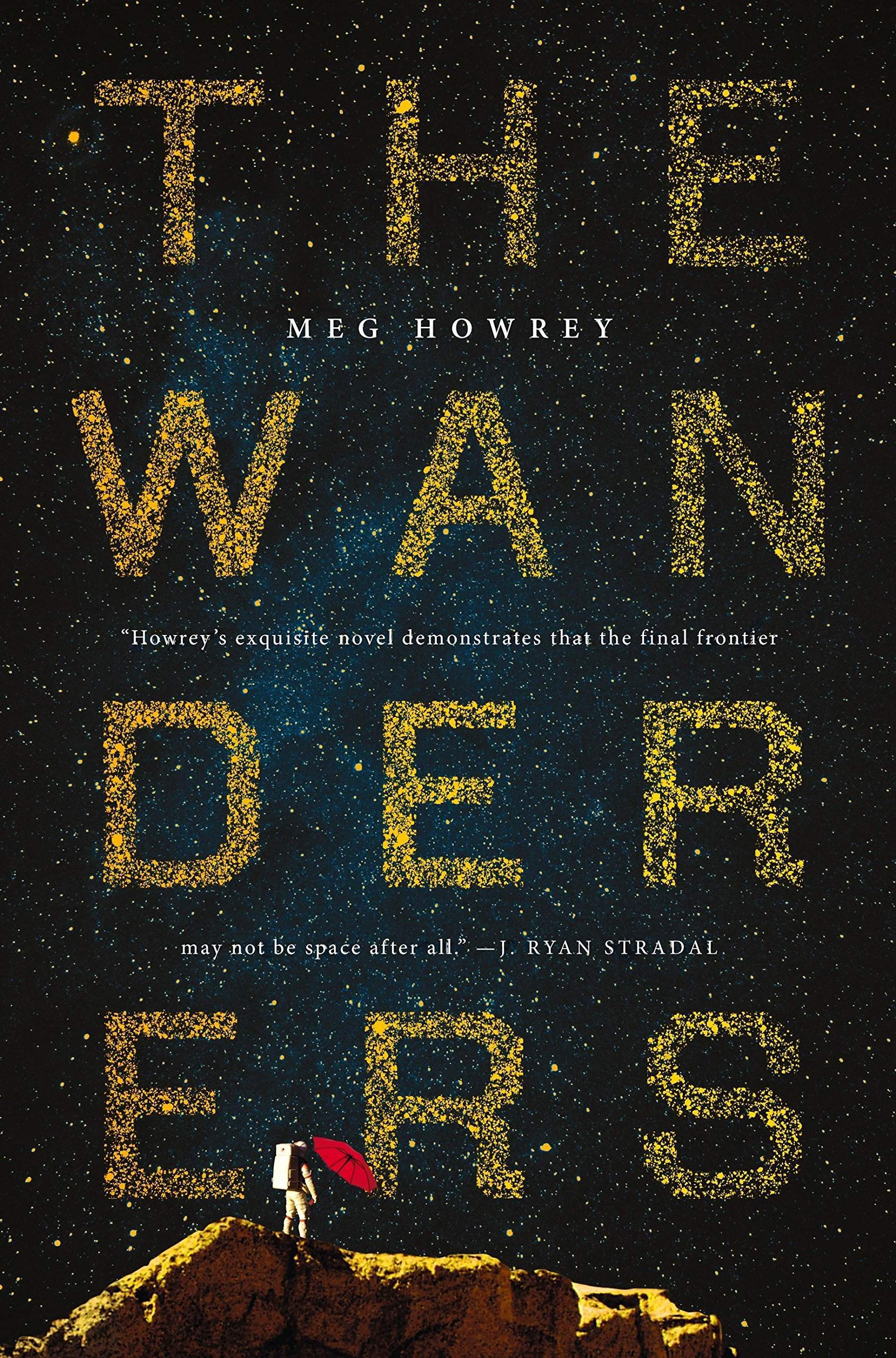Anna May Wong: From Laundryman’s Daughter to Hollywood Legend, by Graham Russell Gao Hodges

Don’t be misled by the tabloid nature of the title. Hodges’ biography is a meticulously researched and carefully constructed account of one of early cinema’s most notable icons. You could be forgiven for not knowing the work of Anna May Wong, as nearly half of the sixty-one films she made were silent, and those that followed in the sound era were uneven—though as an actor, she never was. Anna May Wong was the first internationally acclaimed Asian American actor, and her career spanned decades, from 1919 to 1961. Sadly, many of her films have been lost, but it’s likely you’ve seen her photographs, the gorgeous black and white portraits by Van Vechten, Steichen, or Hurrell, and any number of artists who photographed her in the twenties, thirties and forties.


Perhaps because of her strong screen presence, and an artistic range that ran from sultry to tragic, rumors about her private life were constant. She never married, due to the feeling of being caught between two worlds—sure that a traditional Chinese marriage could never work due to her unconventional life, while anti-miscegenation laws and social stigma at the time prevented her from marrying someone outside her race. That led to lore like the still-persistent rumor of an affair with Marlene Dietrich. On that, Hodges’ careful research, here in regard to work on Shanghai Express with Marlene Dietrich in 1932, gives as clear a picture as any: “In Hollywood, gossip columnists Louella Parsons and Hedda Hopper operated out of restaurants opposite the major studios and effectively policed the movie community. Both columnists liked Anna May and gave her appreciative publicity; both had spies everywhere to dig up any clue of gay activity. Lesbian chic, so popular in the 1920s, was now going underground in the newly conservative era. Anna May especially had to be completely above suspicion. Nonetheless, her scenes with Dietrich offered coded signals to gay people about her own sexuality. Gay love among actresses of this era was hardly news, and if Anna May and Dietrich did have an affair, it would offer yet another example of Anna May’s courage in crossing boundaries.”
There is a reason Wong preferred working in Europe, and that was the inherent bias of the Hollywood film industry against actors of color. From the beginning of her career, the roles that studios offered her were limited and negative in their portrayals. Here too, Hodges does an excellent job of providing the larger picture of the history of bias, and the Hays Code that banned interracial love scenes. That meant the roles Anna was offered were nearly all negative stereotypes—villainesses, thieves, servants—whose moral corruption required they die in the end;
“I left America,” she said, “because I died so often. Pathetic dying seemed to be the best thing I did.”
Sadly, even after the Hays Code was repealed, the typecast roles for Anna remained. In the struggles she faced, as a woman of color in early Hollywood, on set and off, Hodges shows us all the facets of her character, and all are part of her legacy as an iconic figure of film. Anna’s dream of being able to play a character and not a type was a battle against larger forces, and the story of a life lived ahead of its time.
—Lauren Alwan

